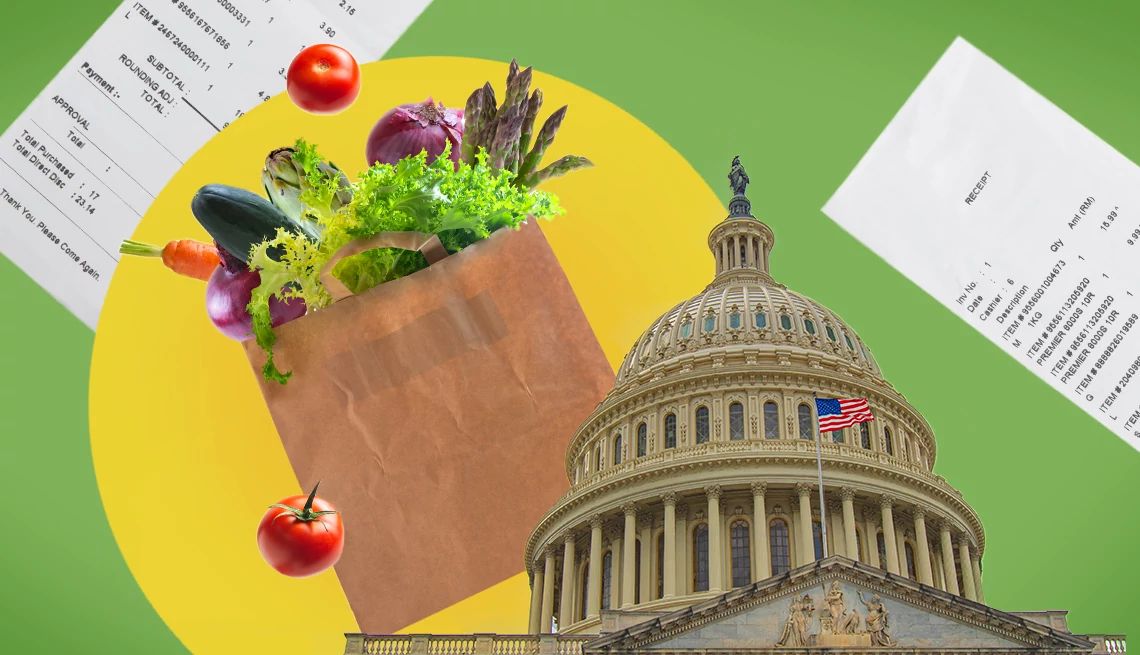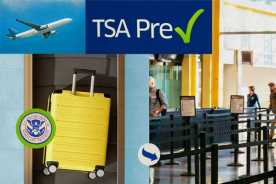AARP Hearing Center


Federal food aid that older adults rely on will not be paid out in November, as long as the government shutdown drags on.
Funding has not been made available to pay benefits for the Supplemental Nutrition Assistance Program (SNAP), which serves millions of low-income older adults who rely on that support to buy groceries.
The federal government shut down on Oct. 1 after Congressional lawmakers were unable to agree on a budget deal or pass stopgap spending measures.
October benefits were paid out, but the U.S. Department of Agriculture (USDA), which oversees SNAP, said there are “insufficient funds” to pay benefits after Oct. 31 if the government does not reopen, according to an Oct. 10 letter sent to SNAP regional offices.
“Bottom line, the well has run dry,” the USDA said in a subsequent notice posted on its website. “At this time, there will be no benefits issued” come Nov. 1 if the shutdown continues.
In response, nearly two dozen states sued the agency over the decision not to allocate contingency funds for November benefits, claiming in the lawsuit filed on Oct. 28 that “because of USDA’s actions, SNAP benefits will be delayed for the first time since the program’s inception.”
Join AARP’s Fight to Protect Older Americans
Here’s what you can do to help:
- Sign up to become an AARP activist for the latest news and alerts on issues you care about.
- Find out more about how we’re fighting for you every day in Congress and across the country.
- AARP is your fierce defender on the issues that matter to people 50-plus. Become a member or renew your membership today.
Advocates, including AARP, have been sounding the alarm over cuts and disruptions to the SNAP program, which supports more than 11 million adults 50-plus. On average, older adults receive about $7 per day in SNAP benefits, formerly known as food stamps (the name of the program also varies by state).
AARP has urged Congress and the administration to protect SNAP from funding lapses and policy changes that make it harder for older adults to access benefits, including the expanded work requirements slated to take effect on Nov.1st.
In letters to congressional leaders and outreach efforts in states to connect people to resources, AARP has championed food assistance programs that help older adults access nutritious meals — an essential foundation for healthy aging and well-being.
Earlier this year, AARP also warned that new federal work rules would jeopardize food security for hundreds of thousands of adults over 50 who face age discrimination, unstable employment or health limitations.
States mobilize to fill the need
Initially, the USDA said in its 2024 guidance that “core programs of the nutrition safety net” will continue during a lapse in federal appropriations, subject to the availability of funding.
Typically during a government shutdown, the USDA has some carryover and reserve funds to cover benefit payments for a limited period, said Gina Plata-Nino, interim SNAP director for the Food Research and Action Center, a nonprofit research and advocacy organization.


































































More From AARP
Would a Shutdown Delay Social Security?
Some services would be affected, but benefit payments would go on
How a Government Shutdown Would Affect Medicare
Recipients would still get care. Some services could slow, end
Impact of a Government Shutdown on Services
Learn about the impact on federal benefits and services crucial to older Americans